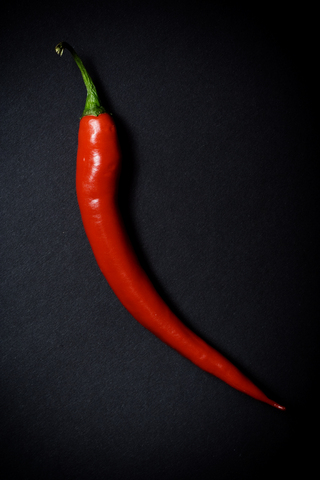Announcing our new blog: “Flavors of Asia” by one of Asian Fortune’s own – Amanda Andrei. Amanda
 became interested in the historical, cultural, and symbolic meanings of food after conducting anthropological fieldwork in southeast Asia and writing her thesis on the perceived lack of Filipino restaurants in the DC area.
became interested in the historical, cultural, and symbolic meanings of food after conducting anthropological fieldwork in southeast Asia and writing her thesis on the perceived lack of Filipino restaurants in the DC area.
The Asian continent spans a diverse geographies and climates, not to mention The Spice of Asian Cuisine
To investigate this, I pulled out my copy of The Flavor Bible and perused its ingredients list. This book is not a cookbook—rather, it is a gastronomic index of ingredients, guiding you to combine variables of taste, mouthfeel, aroma, and “the X factor” into what we know as “flavor.”cultural and religious traditions. It’s no surprise then, that the cuisines of Asia vary significantly in ingredients and cooking techniques. But is there something—anything—that they share in common?
I compared the ingredients for all the Asian cuisines listed*—Chinese, Indian, Indonesian, Japanese, Korean, Thai, and Vietnamese—and what I found surprised me. In addition to rice, the cuisines share only one other ingredient in common: the chili pepper.
I find this surprising because the chili pepper is not native to Asia, but rather to the Americas—and it is amazing that a non-essential product (i.e., you don’t need it for survival, unlike protein, carbohydrates, and fat) should traverse such a wide geographic space and become a hallmark in so many different nationalities’ cuisines and identities.
This spice—which is actually the fruit of plants from the genus Capsicum—includes everything from fist-sized bell peppers with sweet red and yellow flesh, to Bhut Jolokia, the infamous ghost pepper that is so hot it can be used as a weapon.
There are records of chili peppers in the human diet since 7500 BC, and populations in the Americas cultivated them for food as well as medicine. Historically, Columbus is attributed to introducing the chili pepper to Europe, where the craving for heat and spice spread through India and China and eventually into other Asian countries.
So the kick in that lamb vindaloo? That Sriracha sauce and those Szechuan peppers? Your favorite piquant flavors of “authentic ethnic cuisine” are actually products of globalization.
*I’m sure some people will notice that Filipino cuisine is missing; I have my own theories on that, but that is for a different blog post! But I should also note—Filipino cuisine is notoriously not spicy—in fact, they were one of the few Asian nationalities to not adopt the chili pepper as extensively as their neighbors—but again, another blog post.
Read more of Amanda’s writings at www.amandaandrei.com
 Asian Fortune Your source for all things Asian American
Asian Fortune Your source for all things Asian American






One comment
Pingback: Latest Spice Plants News